Forecast for Year of Monkey based on traditional beliefs
Monkeys symbolize longevity, success, motherhood in Korean tradition
By 이우영Published : Dec. 31, 2015 - 13:34
As the new day of the new year begins, many wonder what the year 2016 has in store for them. Many Koreans visit fortune tellers to learn how their fate will unfold in the new year.
But traditional signs and beliefs also offer insight into what to expect for the new year.
The year 2016 is the Year of the Red Monkey, the ninth animal of the 12 Chinese zodiac signs. Red monkeys are known to be the liveliest and bossiest among many other types of monkeys. People born in the Year of the Monkey (1944, 1956, 1968, 1980, 1992 and 2004) are said to be energetic by nature and skillful in many things, according to Chinese zodiac interpretations.
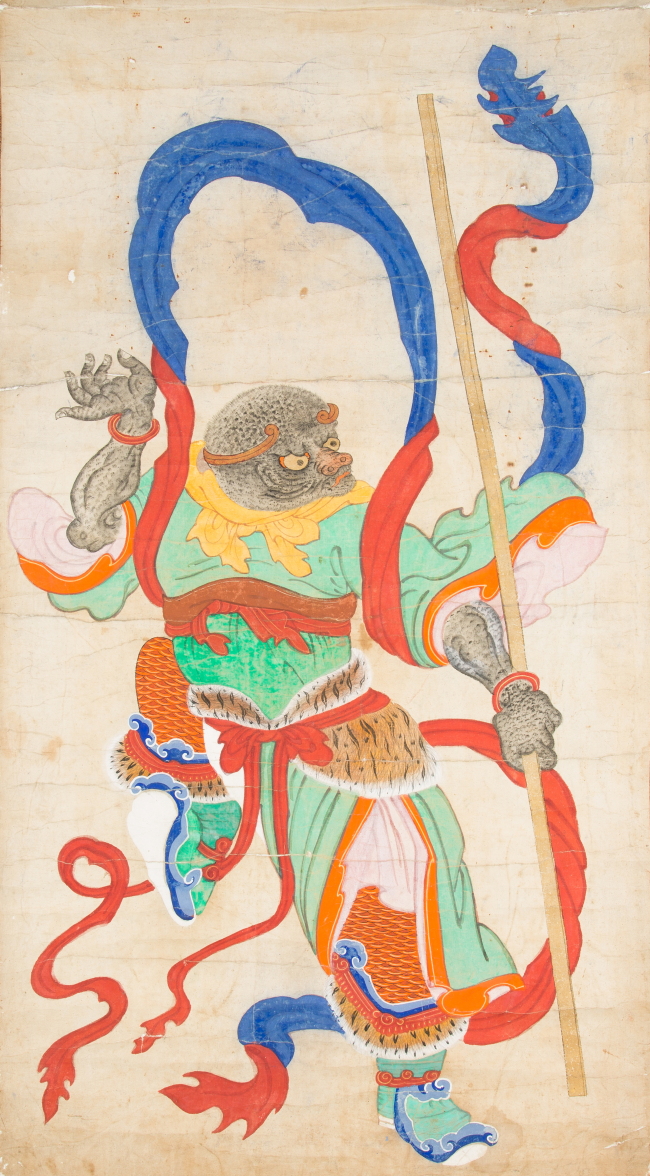
This year boasts the energy of fire, which is interpreted into the color red and translated into the red face of monkeys. The year 2016 falls into the fire group of five elements -- metal, water, wood, fire and earth.
Historically, monkey years have experienced major upheavals. In 660, the 700-year-old Baekje Kingdom fell. Monkey years also saw rises of new kingdoms, such as the Chinese Ming Dynasty in 1368 and Korea’s Joseon in 1392. In 1764, sweet potatoes entered the Korean Peninsula via Japan, becoming a staple food during the winter season, and the year 1980 saw the Gwangju Democracy Uprising.
One may think that traditional zodiac signs do not hold as much significance in modern life as they did in the old days. But recent statistics show otherwise. Figures released by Statistics Korea show that the number of babies born in 2007, the Year of the Golden Pig, increased by 10 percent compared to the year 2006, the Year of the Dog. It resulted in highly competitive admission to kindergartens and elementary schools in 2014.
“I think the government officials should take into account years with good fortune when they implement new welfare policies,” said Cheon Jin-gi, director of the National Folk Museum of Korea, in a recent lecture on the special exhibition “Monkey” that marks the Year of the Red Monkey.
The exhibition, which runs until Feb. 22 at the NFM, showcases various interpretations of monkeys in Korean tradition.
Positive interpretations used monkeys as symbols of longevity, success and motherhood and protection from evil spirits.
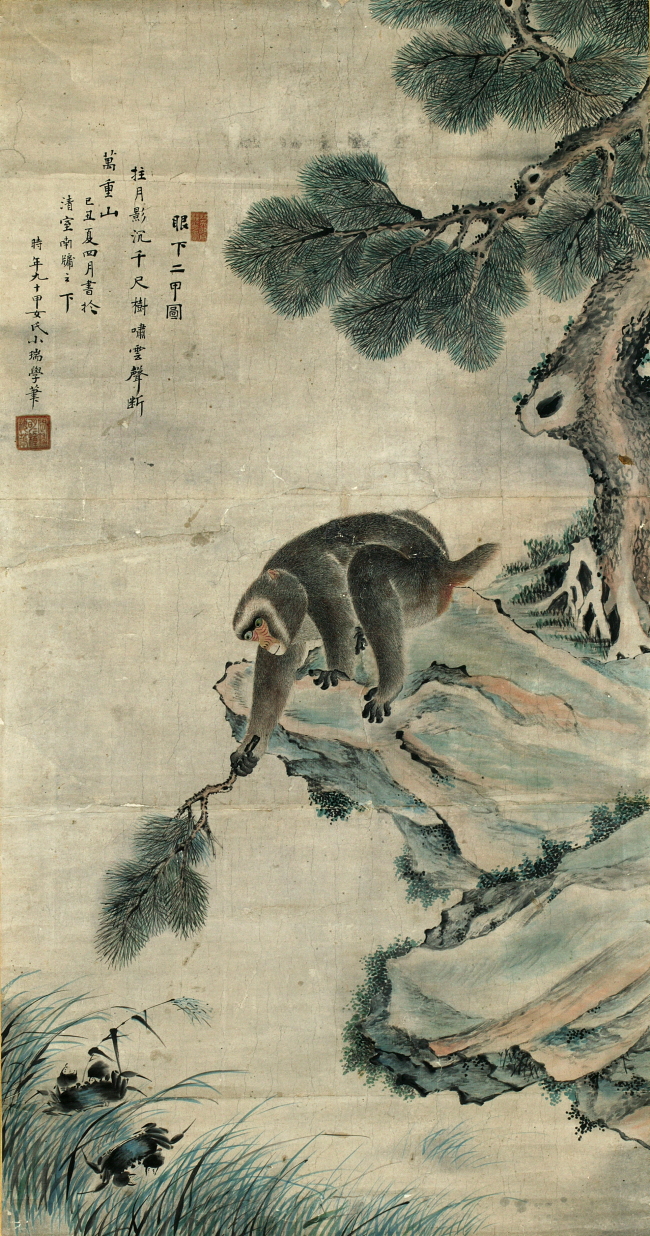
A painting from the late Joseon era depicts a monkey taking nectarines from a peach tree. Nectarines symbolize longevity, as nectarine trees are known to bear fruit once every 3,000 years, after which it takes another 300 years for the fruit to ripen. Another late Joseon-era painting, “Anhaigapdo,” portrays a monkey catching two crabs with a pine twig, representing a wish to pass two major civil service exams – the two crabs – during the Joseon era.
Monkeys, known as family-centered animals, also represent motherhood. An old Chinese tale tells of a monkey’s grief over losing her baby. When a Chinese general was passing by a gorge in the Yangtze River, one of his soldiers captured a baby monkey. Its mother tried to jump on the ship to follow her baby. But the mother monkey died, and when people opened the belly of the monkey, her intestines were all torn apart.
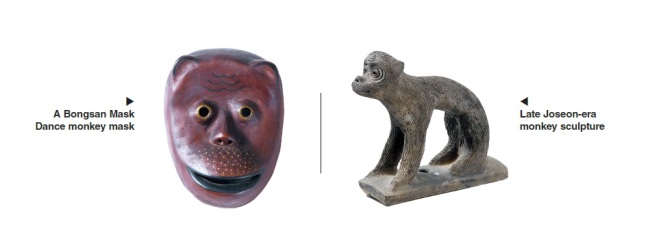
It was also believed that monkeys fight against evil spirits. Monkey’s red faces also represented Yang energy, and monkey masks frequently appeared in traditional Korean mask dances.
However, monkeys are not the favorite animal for some Koreans due to their human-like traits. They were called “unlucky, with sorrows and sad jokes” in old books.
People born in monkey years are considered to be talented, but also impatient, arrogant and snobbish at the same time. Monkeys are also interpreted as persons with tendency toward jealousy, fraud and acting.
For more information about the “Monkey” exhibition, visit www.nfm.go.kr.
By Lee Woo-young (wylee@heraldcorp.com)
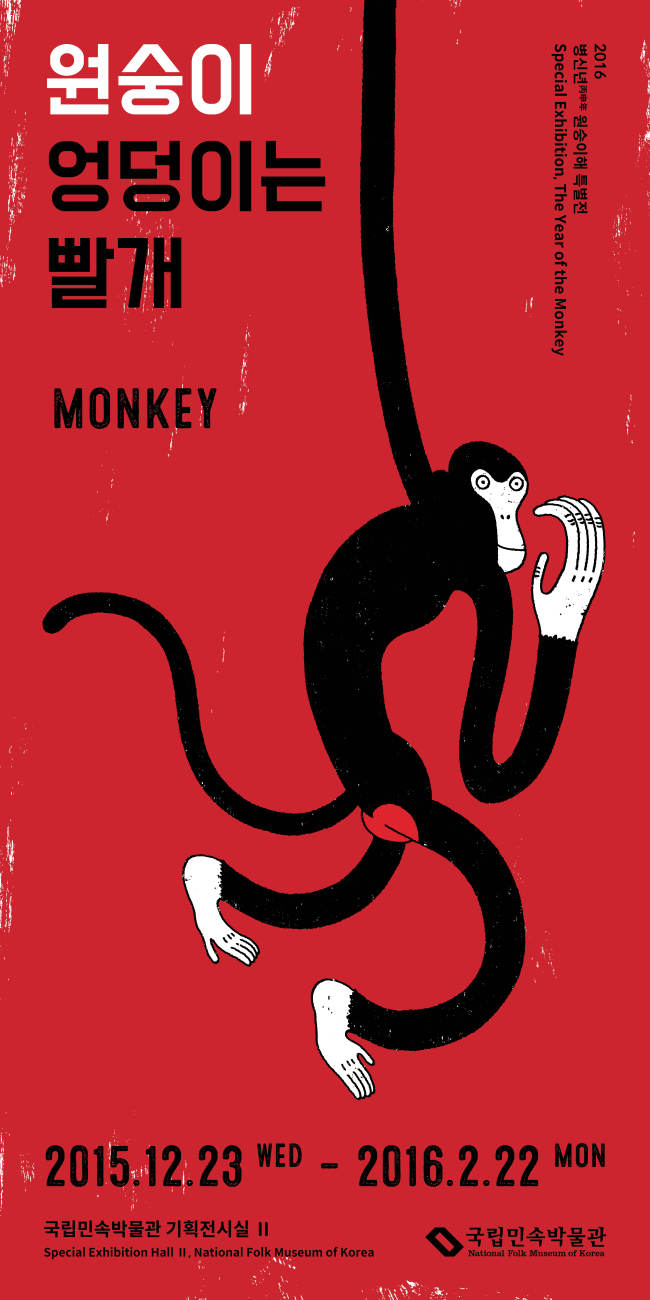


![[KH Explains] Will 6-day workweek for executives help Samsung avert crisis?](http://res.heraldm.com/phpwas/restmb_idxmake.php?idx=644&simg=/content/image/2024/04/21/20240421050096_0.jpg&u=20240421164408)


![[AtoZ into Korean mind] Humor in Korea: Navigating the line between what's funny and not](http://res.heraldm.com/phpwas/restmb_idxmake.php?idx=644&simg=/content/image/2024/04/22/20240422050642_0.jpg&u=)




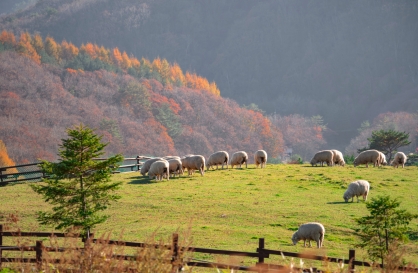
![[Herald Interview] Why Toss invited hackers to penetrate its system](http://res.heraldm.com/phpwas/restmb_idxmake.php?idx=644&simg=/content/image/2024/04/22/20240422050569_0.jpg&u=20240422150649)




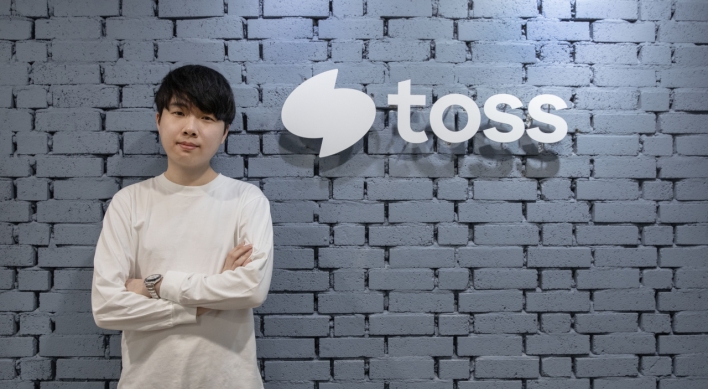
![[Herald Review] Xdinary Heroes kicks off five-month-long project with solo concert, teases new album](http://res.heraldm.com/phpwas/restmb_idxmake.php?idx=652&simg=/content/image/2024/04/22/20240422050539_0.jpg&u=20240422152154)
![[Today’s K-pop] Illit logs 100m Spotify streams with debut song](http://res.heraldm.com/phpwas/restmb_idxmake.php?idx=642&simg=/content/image/2024/04/22/20240422050650_0.jpg&u=)